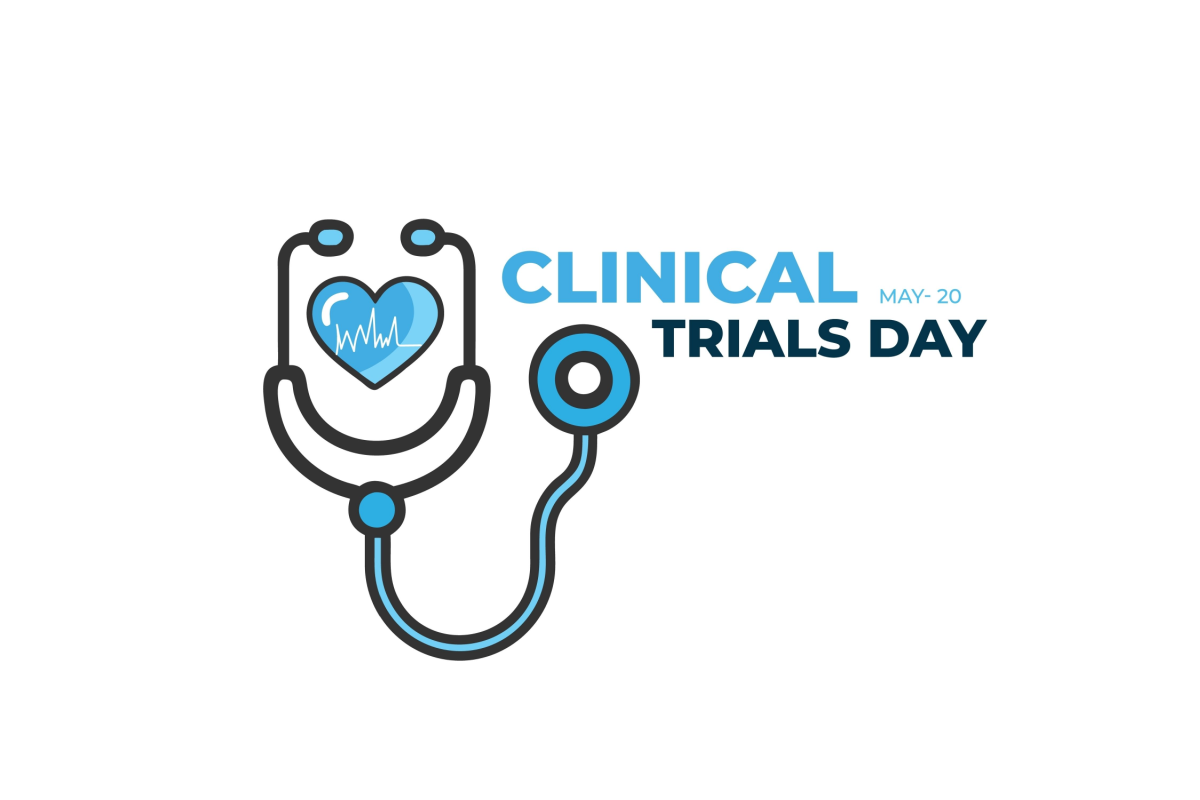Do you know what the notified bodies will be looking for in your state of the art literature review? With the EU Medical Device Regulation 2017/745 (MDR) deadline fast approaching, now is the time to adopt the best practices that will ensure your literature reviews are MDR-compliant by aligning them with MEDDEV 2.7/1 rev 4.
In order to effectively meet the requirements of the new regulations, it has become increasingly important to adopt a transparent, reproducible process for literature review—something that can be difficult to achieve with manual data management or spreadsheets.
Take this quiz to test your knowledge on how to establish state of the art!
By ensuring your process adheres to literature review best practices, you’ll be able to easily provide the documented evidence the notified bodies are looking for, such as:
Search Strategy
A well-defined search question provides the foundation for the entire literature review process. If the search is not completed effectively, the quality of everything else in the review suffers. As such, it is essential to ensure that the search question is clear, that the literature search is performed in a systematic fashion, and that the search strategy is well documented.
Databases Used
MEDDEV 2.7/1 rev 4 mentions both MEDLINE and Embase, and it is considered best practice to include both of these databases in the search to ensure all potentially relevant literature is located.
Search Output
A record should be maintained of all literature returned by the search. This allows Notified Bodies to be confident that all potentially relevant articles were considered for inclusion.
Included/Excluded Reference Lists
Not only do the Notified Bodies look for lists of both included and excluded studies, they are increasingly interested in ensuring that the reasons for exclusion are legitimate. Care must be taken to ensure the literature review captures and retains this information for reporting purposes.
To learn more best practices for establishing state of the art in your medical device clinical evaluation reports, register for this free webinar: State of the Art Literature Review for EU MDR Compliance: How To Get It Right.
This article was created in collaboration with the sponsoring company and the Xtalks editorial team.








Join or login to leave a comment
JOIN LOGIN